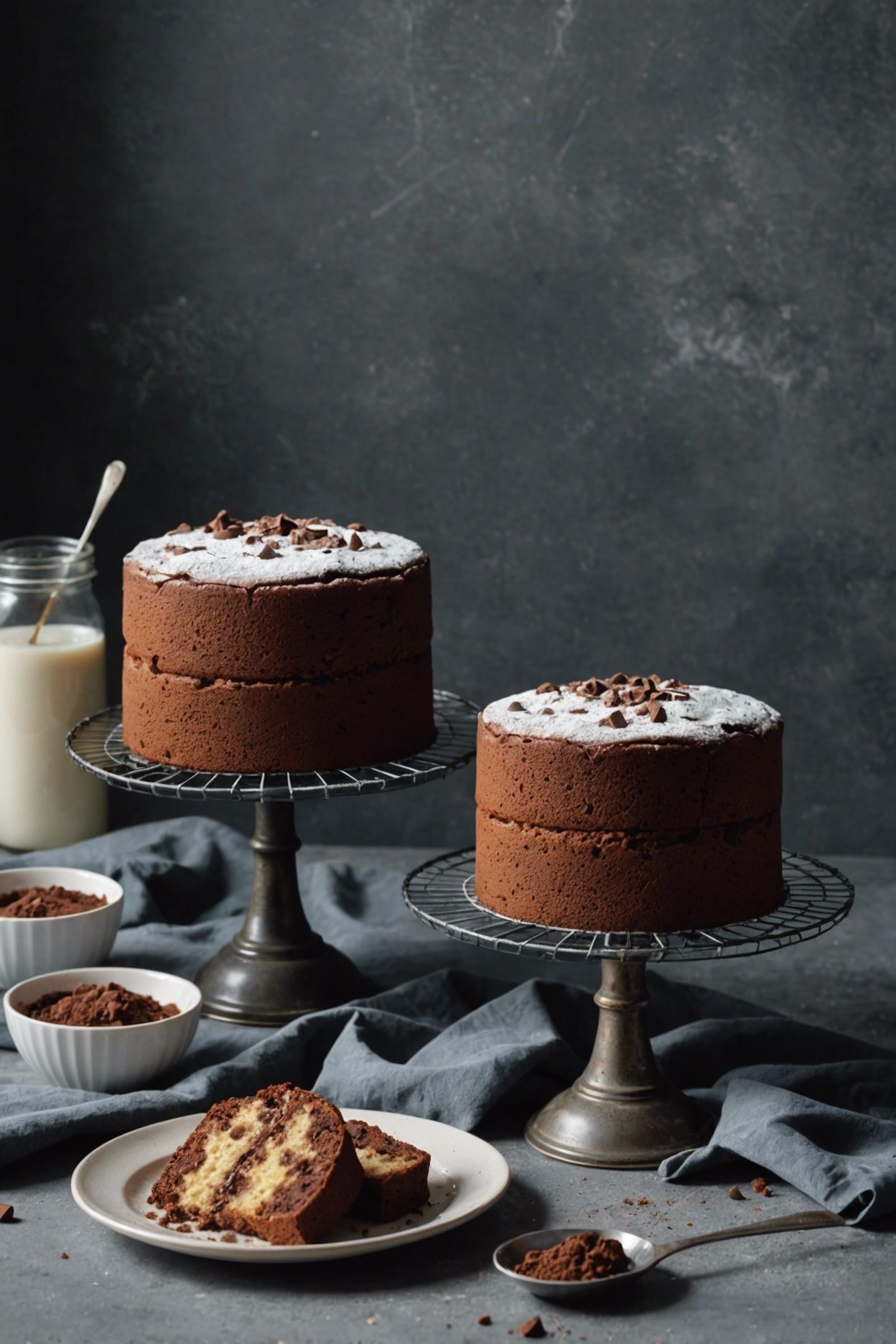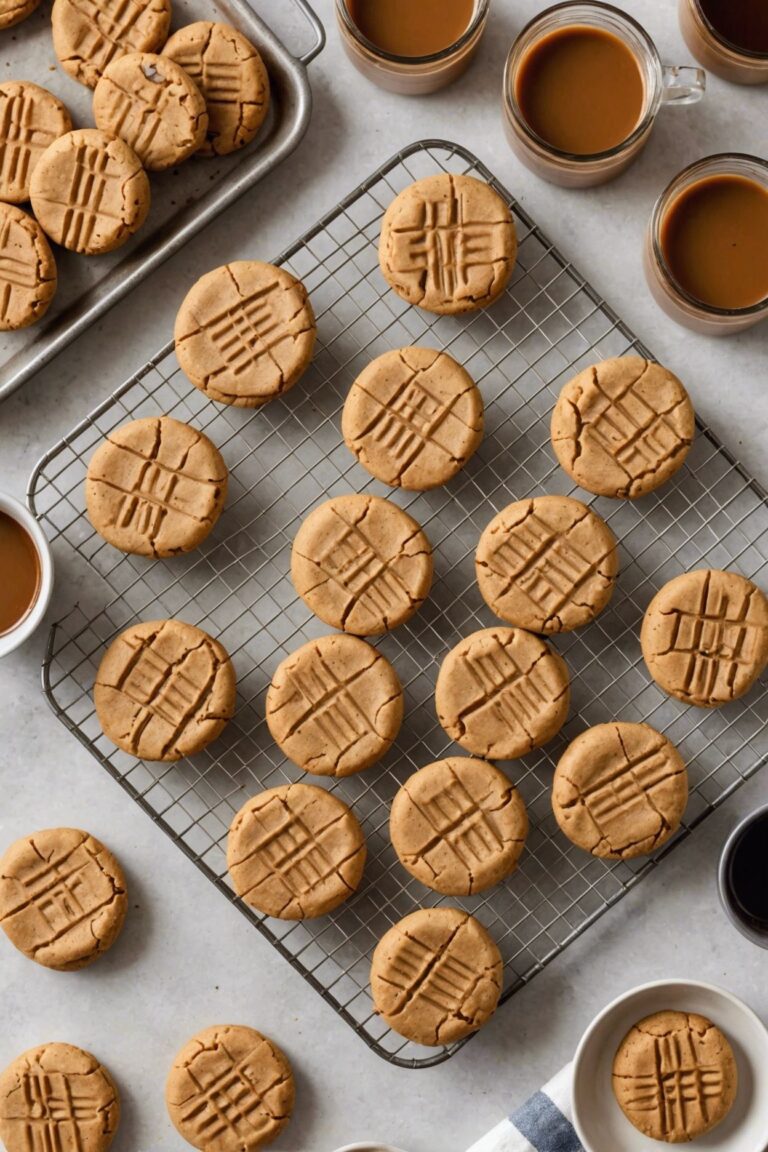My New Cookbook is Out! Check Out Now!
Sad Cake Recipe
This Sad Cake Recipe is not as gloomy as it sounds! Moist and rich, with a deep chocolate flavor, this cake is sure to brighten up anyone’s day.
With its easy-to-follow instructions and simple ingredients, you’ll be whipping up this delicious treat in no time.
Ready Time
45 mins
Yields
6 servings
Ingredients
- 2 cups all-purpose flour
- 1 cup granulated sugar
- 1/2 cup unsweetened cocoa powder
- 1 teaspoon baking powder
- 1 teaspoon salt
- 1/2 cup whole milk, at room temperature
- 2 large eggs, at room temperature
- 1 teaspoon pure vanilla extract
Instructions
Preheat your oven to 350°F (180°C) and grease two 9-inch (23cm) round cake pans. In a large mixing bowl, whisk together the flour, sugar, cocoa powder, baking powder, and salt.
In a separate bowl, whisk together the milk, eggs, and vanilla extract.
Pour the wet ingredients into the dry ingredients and mix until just combined. Don’t overmix! Divide the batter evenly between the prepared pans and smooth the tops.
Bake for 30-35 minutes or until a toothpick inserted into the center comes out clean.
Let the cakes cool in the pans for 5 minutes, then transfer them to a wire rack to cool completely. Once the cakes are completely cool, you can frost and decorate them as desired.
Slice and serve – this recipe yields 6 servings, perfect for sharing (or not!).
Notes
Make sure to use room temperature eggs and milk for a tender crumb. Don’t overmix the batter, as it can result in a dense cake.
If you want a more intense chocolate flavor, you can add an additional 1-2 tablespoons of cocoa powder to the dry ingredients.
Use high-quality cocoa powder for the best flavor. For an extra moist cake, try adding 1-2 tablespoons of sour cream or Greek yogurt to the wet ingredients.
If you’re not using the cakes immediately, they can be stored at room temperature for up to 24 hours or wrapped tightly and frozen for up to 2 months.
Nutrional Value
- Calories: 440
- Total Fat: 20g
- Saturated Fat: 8g
- Cholesterol: 60mg
- Sodium: 250mg
- Total Carbohydrates: 60g
- Dietary Fiber: 2g
- Sugars: 30g
- Protein: 6g









